Releasing mining in protected forest in the Amazon will further increase deforestation, study warns
segunda-feira, agosto 01, 2022
A model to estimate the impact of the opening of forest protected areas for the implementation of mining projects is proposed in research by the Polytechnic School (Poli) of USP. The work evaluated the plans of the National Reserve of Copper and Associates (Renca), located between the states of Amapá and Pará, in the Amazon, with an area of 47,000 km² and calculated that the release of mining would lead, in 30 years, to the loss of 7,626 km² of forests only with the construction of access roads to mines.
The study shows that damage to native forest affects ecosystems in various ways, suggesting the establishment of strategic preservation areas, with prohibited mining, in addition to measures such as the more judicious implementation of roads. The research is described in the article Strategic planning to mitigate mining impacts on protected areas in the Brazilian Amazon, published by the scientific journal Nature Sustainbility on July 28.
"Recently, several proposals have been presented for the opening of currently protected territories, such as indigenous lands, in order to explore specific and strategic minerals. In addition, it is proposed a simplification of environmental licensing processes, responsible for the prior evaluation of the impacts of new projects", reports environmental engineer Juliana Siqueira-Gay, who developed the research for her doctoral thesis, defended at Poli, to the USP Journal.
"It is at this juncture that the study is part of and makes an analysis of scenarios in the National Reserve of Copper and Associates. This area has 90% of its territory protected by conservation units of sustainable use, integral protection and indigenous lands, and its openness has been under debate in recent years."
The results of the study show the importance of protecting the landscape to avoid and minimize impacts on forests and ecosystems, says Juliana. "The opening of all protected areas in the region would result in the loss of 183 km² of forest resulting directly from the opening of new mines," he said. "This corresponds to more than half of the entire industrial mining area of the state of Pará, which is now the state with the largest mining coverage in the Amazon, according to mapbiomas data, with 337 km² in 2020." MapBiomas is a network of NGOs, technology startups and universities that maps land use changes in Brazil in order to stimulate conservation and thereby address climate change.
Deforestation
The research also estimated the total deforestation resulting from the expansion of roads that would serve as access to the new mines. "In total, 7,626 km² of forests would be lost considering the direct and indirect impacts of the construction of 1,450 kilometers of new roads needed to access the region's 242 mineral deposits," the environmental engineer said. "Half of all this deforestation would take place in areas of high importance for biodiversity conservation, highlighting the importance of establishing protected areas, where mining and its impacts are not allowed."
According to the environmental engineer, a land use and land cover model has been calibrated and validated to design 30-year development scenarios at Renca. "Using the location of mineral deposits in the region and information on relief, land use and hydrography, new roads needed to access the new mines were modeled," he says. "Thus, it was possible to estimate not only the impacts due to the expansion of the mined area, but also all the indirect implications resulting from the support infrastructure for the implementation and operation of these projects. With this, we put an innovative estimate on the potential impacts of new projects in the region."
"In recent years, we have seen a total of 171 protected areas that have had their limits directly affected by mining projects. In Brazil, we have seen the considerable advance of mining in the Amazon in the last three years and it is there that is the largest mosaic of protected areas in the country", highlights Juliana. "Recent proposals to allow mining within these areas is a constant threat to the conservation of the forests and traditional peoples that are there."
According to the researcher, the study demonstrates the importance of determining areas to be strategically protected to avoid and minimize the impacts of mining. "We show that to reach deposits in remote locations, as is often the case in mining projects around the world, long roads are needed that cause direct loss of ecosystems with high relevance to conservation," he exemplifies. "Other roads, with a more compact design, can also cause significant fragmentation of habitats, and therefore a robust verification of the consequences of building mine support infrastructure is necessary."
"This loss of forest that accumulates around the roads and the projects themselves in the formation of urban centers results in a huge imbalance in rainfall regime, climate regulation and the provision of raw materials and food," concludes Juliana. The study was the professor of the Institute of Biosciences (IB) of USP, Jean Paul Metzger; Poli professor Luis Enrique Sánchez and University of Queensland researcher Laura Sonter at the University of Queensland in Australia. After defending her doctoral thesis at Poli in May 2021, the engineer works as a project manager at Instituto Escolhas and continues to deal with mining in the Amazon and deforestation.










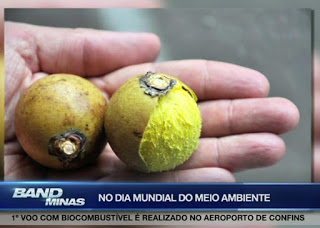
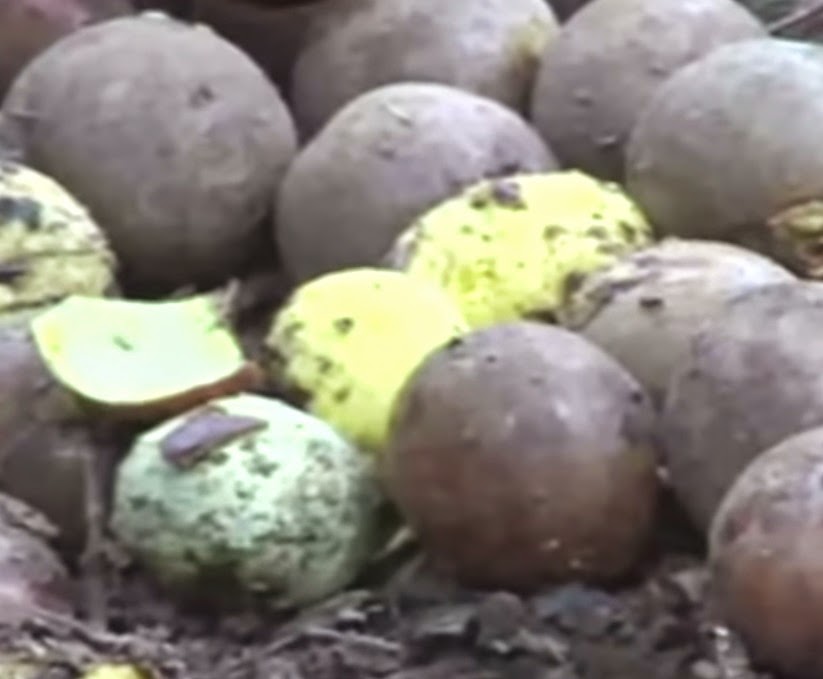
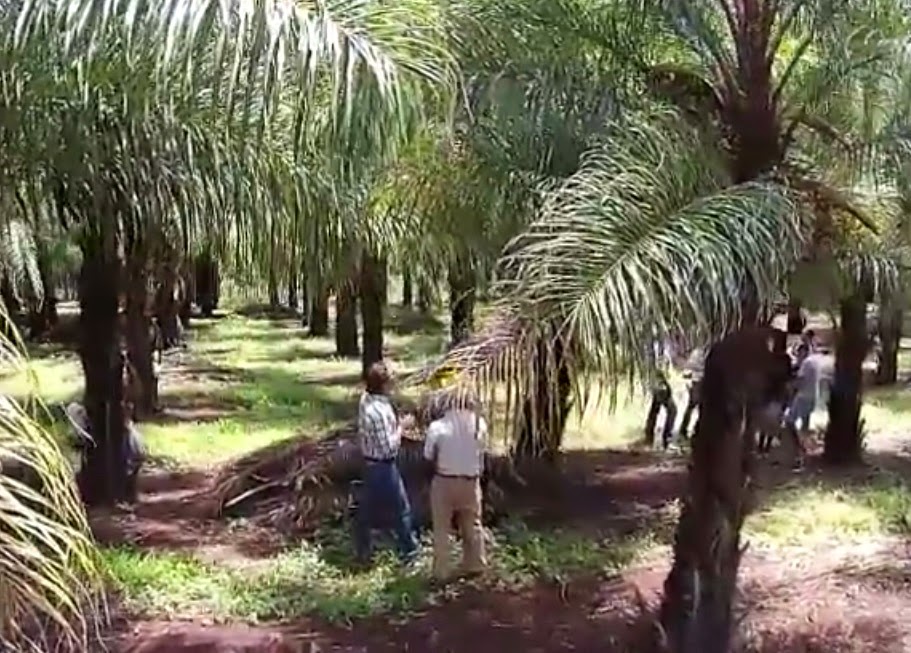

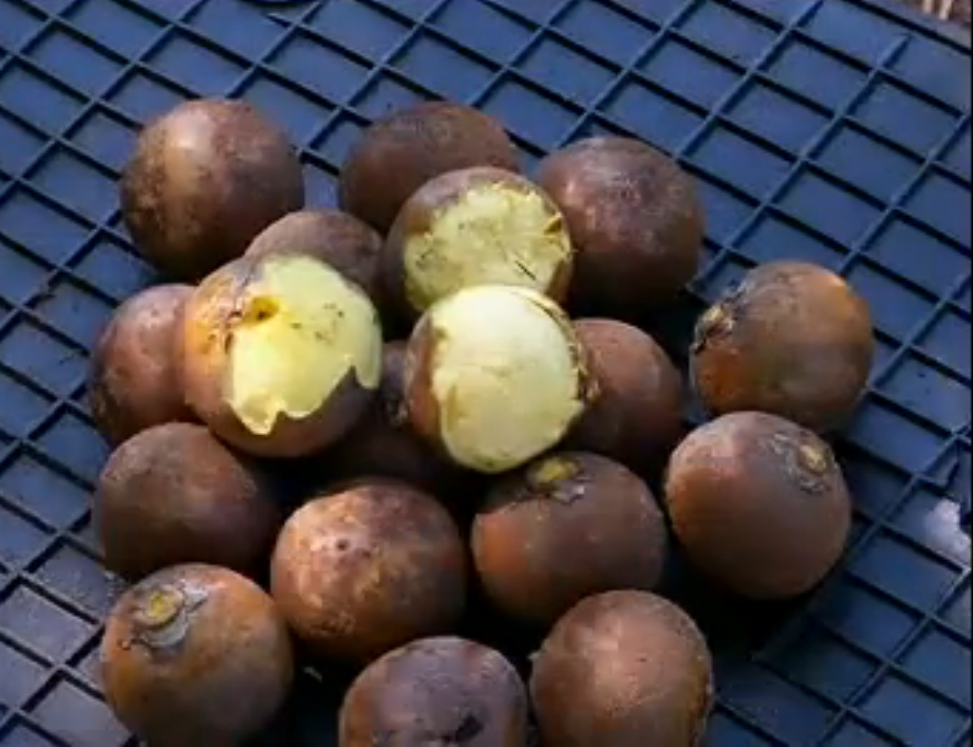
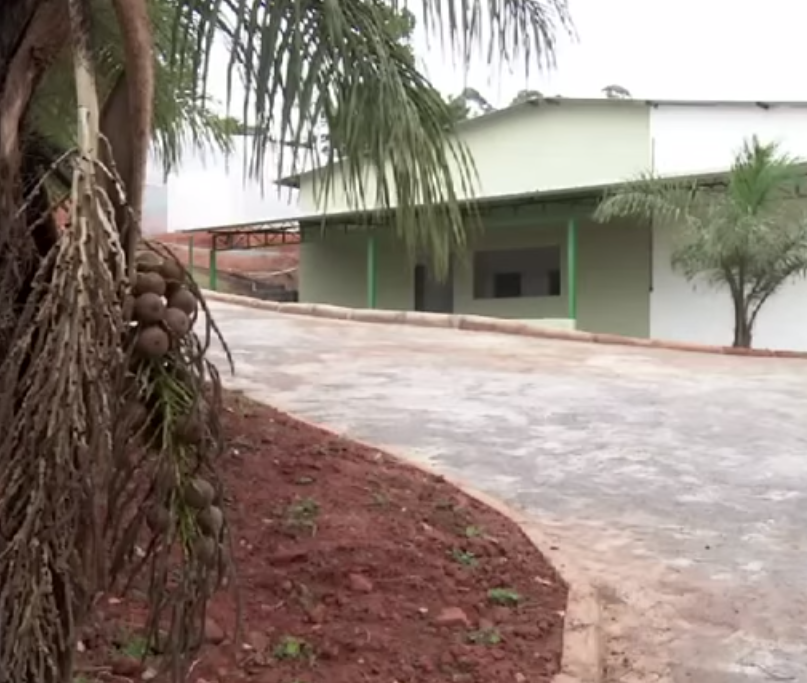
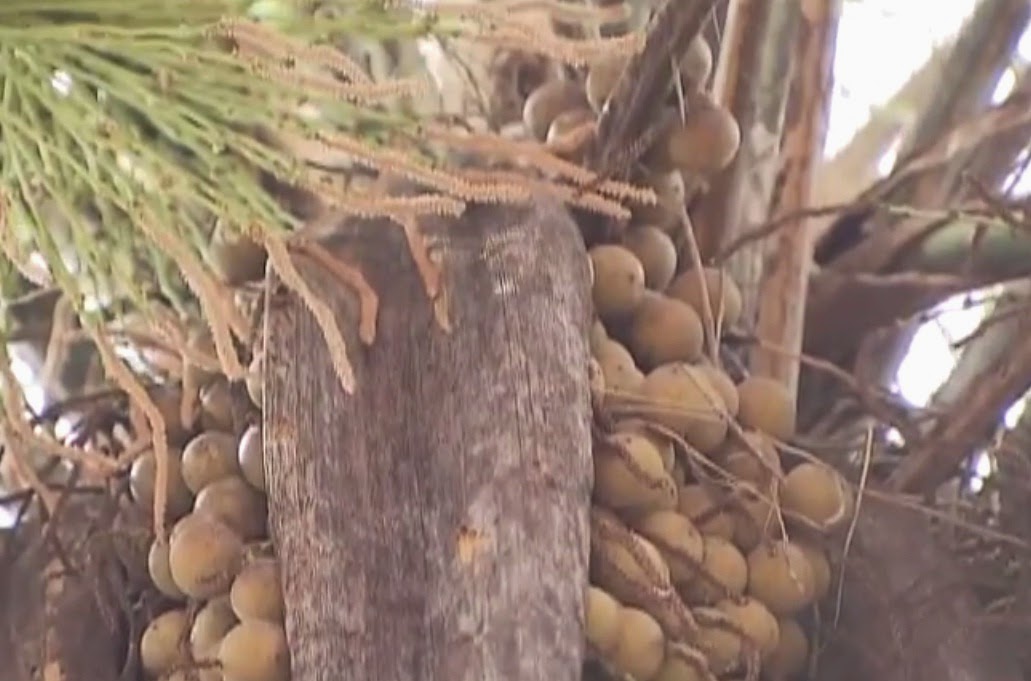
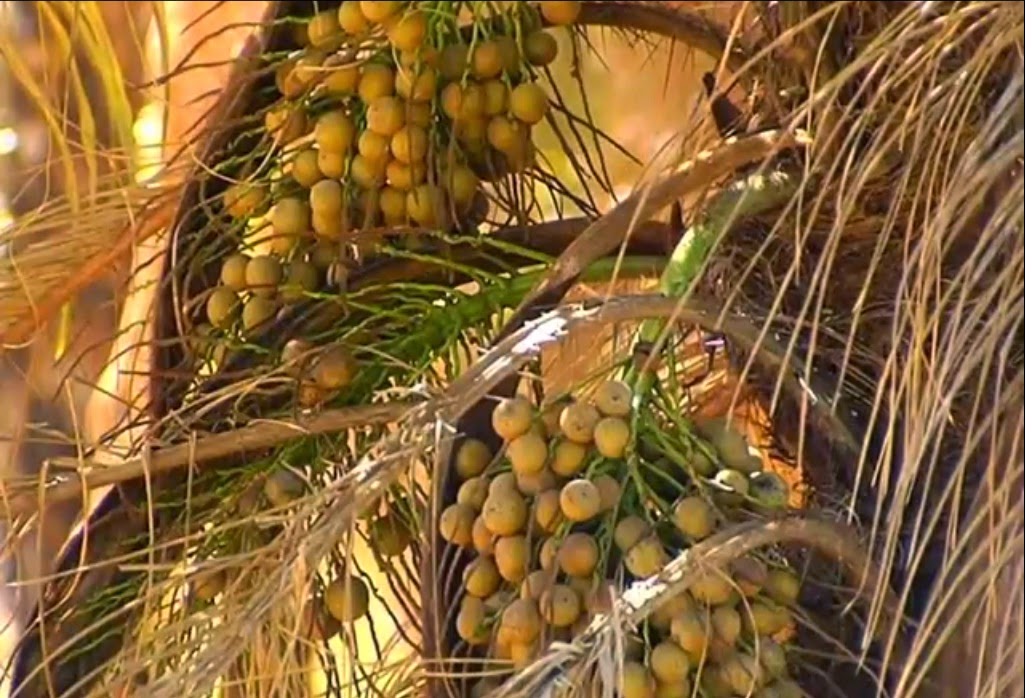

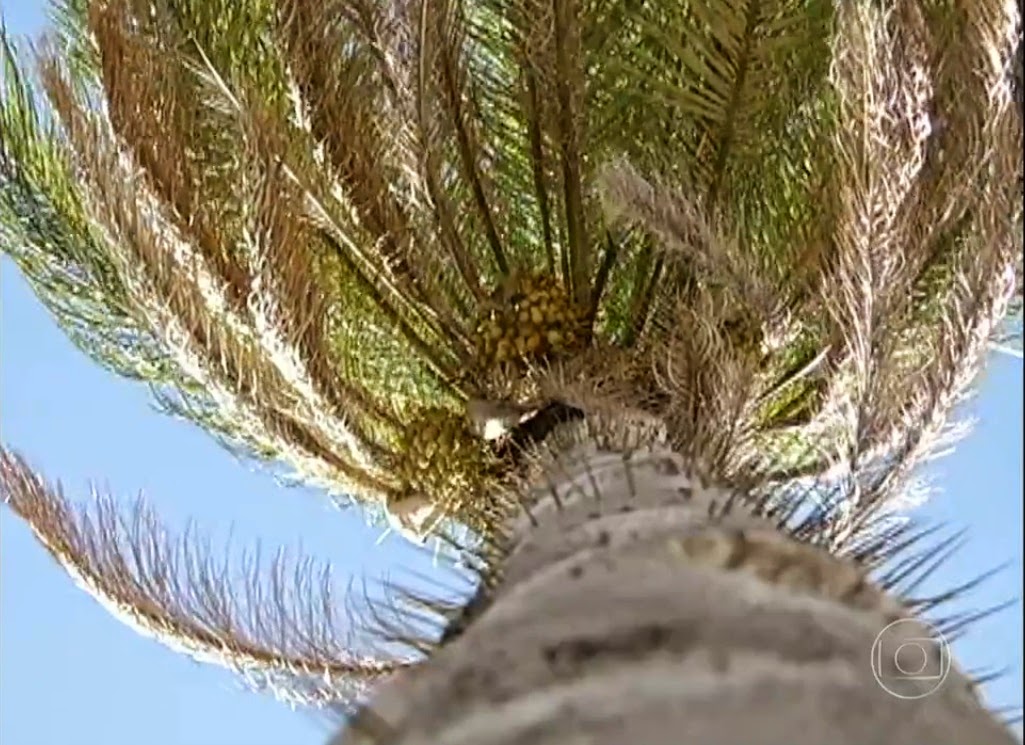

0 comentários
Agradecemos seu comentário! Volte sempre :)